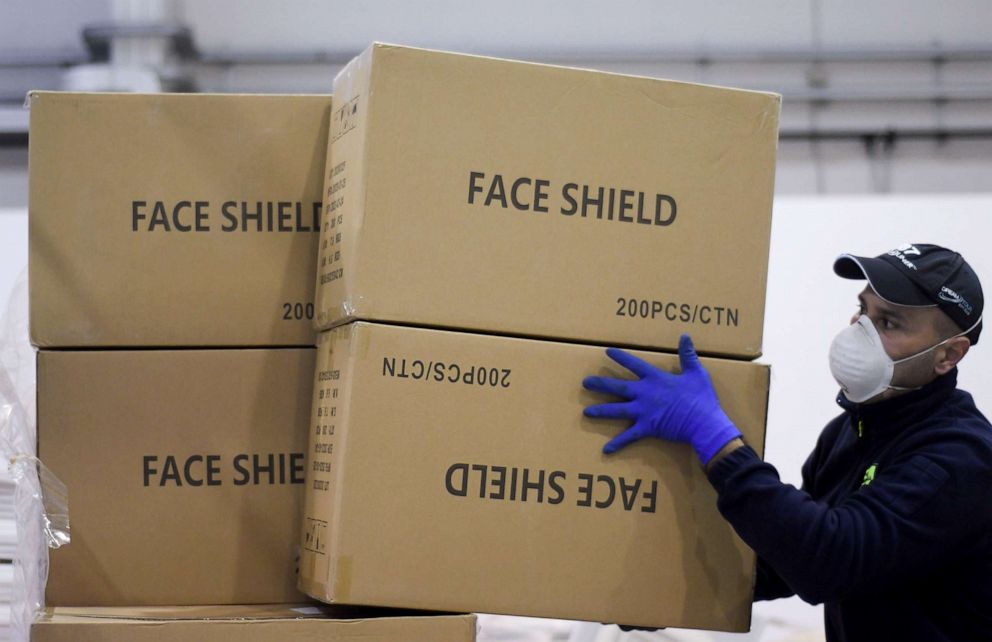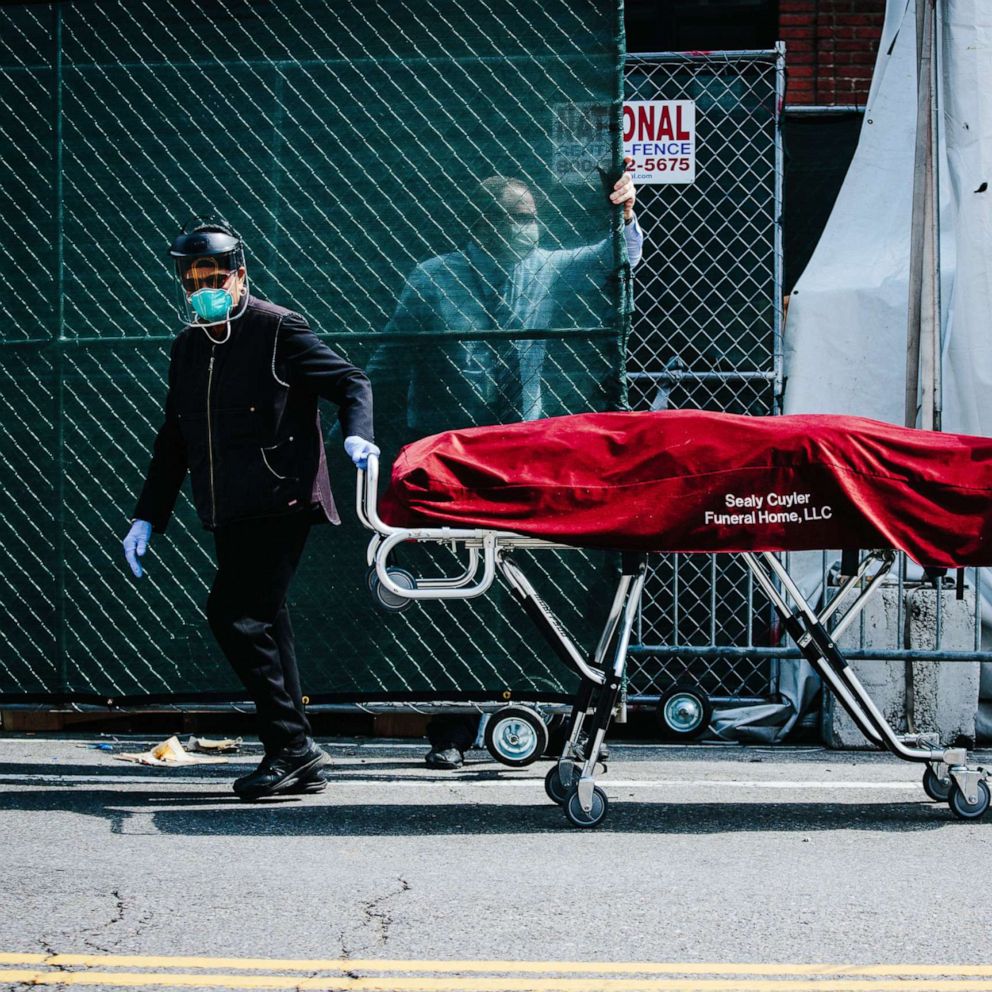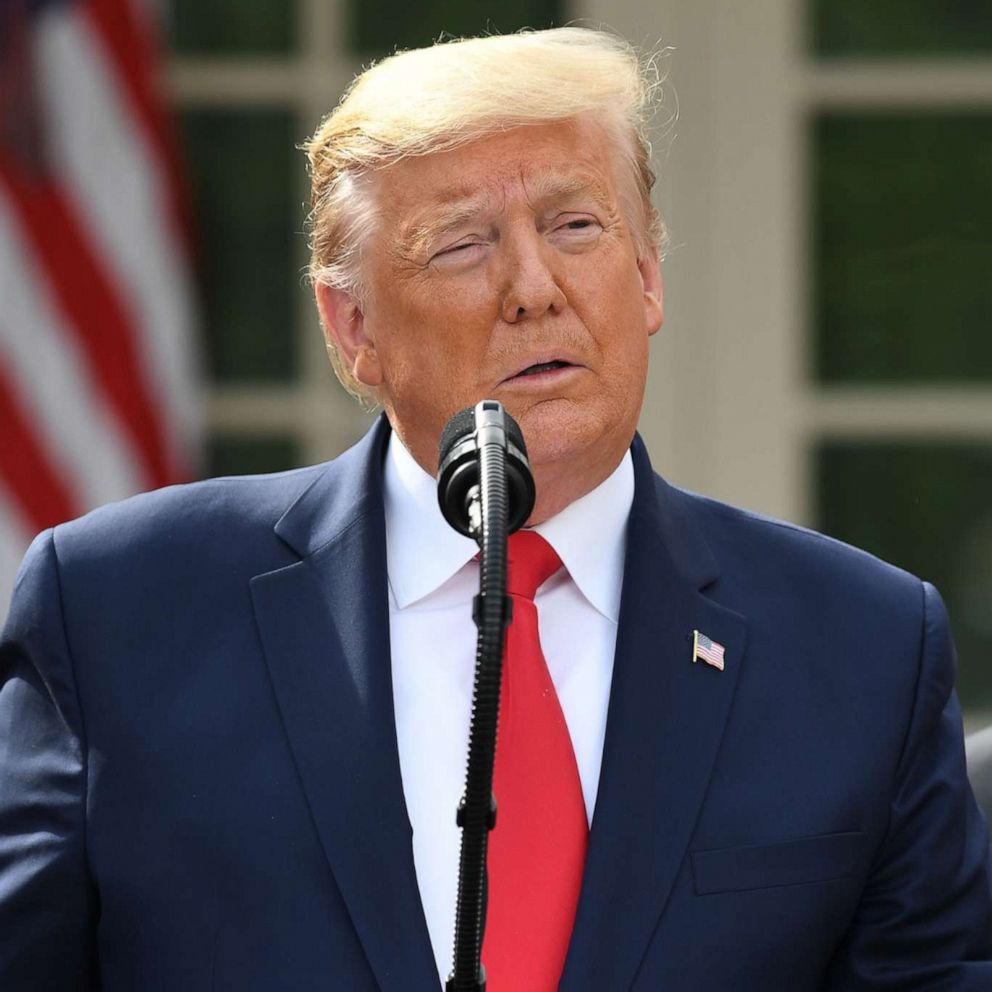How did the US come up so short on PPE?
Experts blame the supply chain and our national failure to prepare.
Despite years of public health experts warning that the United States was not prepared to handle a respiratory virus pandemic, when COVID-19 spread in the U.S., doctors and nurses found themselves without enough personal protection equipment, or PPE, to treat patients safely.
Part of the problem, experts say, is the supply chain. The U.S. has been making fewer masks, gowns and gloves domestically, and instead relied on importing those items from other countries.

During normal times, that's not an issue. But since the COVID-19 outbreak began in Wuhan and China manufactures roughly 50% of masks and respirators around the world, the country needed masks at home first.
What to know about Coronavirus:
- How it started and how to protect yourself: Coronavirus explained
- What to do if you have symptoms: Coronavirus symptoms
- Tracking the spread in the US and Worldwide: Coronavirus map
Additionally, many of the workers who staffed PPE factories in China couldn't go to their jobs during the outbreak. As the virus spread around the world and demand for PPE ramped up, China was both exporting fewer masks and making fewer masks, which intensified the shortage.
“It’s like a perfect storm for creating a problem around the world and also in the United States," Dr. Todd Ellerin, director of infectious diseases at South Shore Health, told ABC News.
History may have similarly played a role in the United States' being unprepared for COVID-19. Unlike China, Singapore and South Korea, the U.S. wasn't hard hit by SARS in 2002 and 2003, meaning Americans never learned the lessons about novel coronaviruses that those countries did.
Given how far behind the United States is, and how many of our health systems are in short supply of PPE, the best we can hope for is to try to catch up, Ellerin said.







